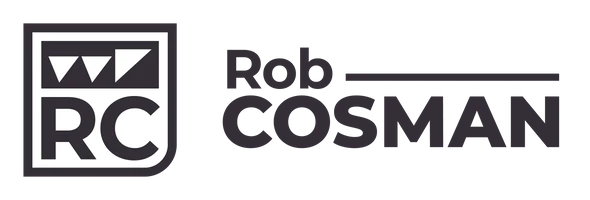Drawer Slips by Luther Shealy
Drawer slips are narrow pieces of wood that are grooved to accept a drawer bottom instead of grooving the actual drawer side. The slips are glued to the inside bottom of the drawer sides (and sometimes the drawer front) and the drawer bottom inserted into the groove. Drawer slips were a feature of fine British furniture drawers of the 1700's and 1800's but unfortunately drawer slips were not generally adapted by American furniture makers, so they are not well known in North America. So why use a drawer slip?
1. Thinner Drawer Sides. Generally, the drawer sides house the groove that captures the drawer bottom. This groove typically projects about ¼ inch into the drawer side. This groove weakens the drawer side, requiring that it be at least ½ inch thick. In graceful, well-detailed, drawers this thickness looks heavy and out of touch with the rest of the piece of furniture. By using drawer slips you can have thin drawer sides, say ¼ inch thick or even less since the groove goes into the slip not the drawer side.
2. Dovetail Layout is Cleaner. Because you do not have to sink a groove in the drawer sides, you do not have deal with positioning your dovetails relative to the groove. And if you are using through dovetails that are seen on the drawer front there is no tail with a groove carved into it that you must fill to prevent an unsightly tail.
3. Resist Wearing a Groove in the Drawer Runner. Drawers are supported by wood runners or bearers, and after thousands of openings and closings wear on the bottoms of the drawer sides and the surfaces of the runners became noticeable. The thinner the drawer sides are the quicker they would tend to wer down a groove in the runner. This wear did not necessarily affect drawer use, but it did lower slightly the drawer in its opening. This lowering increased the gap over the drawer front, making the piece of furniture less attractive. A thin strip could be glued to the bottom of the drawer side, but repair of the drawer runner was more challenging. The rate of wear can be decreased by widening the contact area. By simply widening the contact surface at the bottom of the drawer side, the slip significantly extended the amount of time it took to wear a groove in the drawer runner.
4. They Look Interesting. Drawer slips make drawers visually lighter and more attractive than drawers without slips. They add visual interest to the drawer interior adding an extra level of detail to the drawer bottom. You can add different shapes to the part of the slip that is exposed on the interior of the drawer making an interesting visual feature.
There is some debate about whether each drawer requires three slips or only two. Some account have slips attached to the sides and drawer front, the slips are mitered at the corners. Other accounts have slips attached to the sides only and a groove in the drawer front. Both method work, but I prefer the two-slip method.



